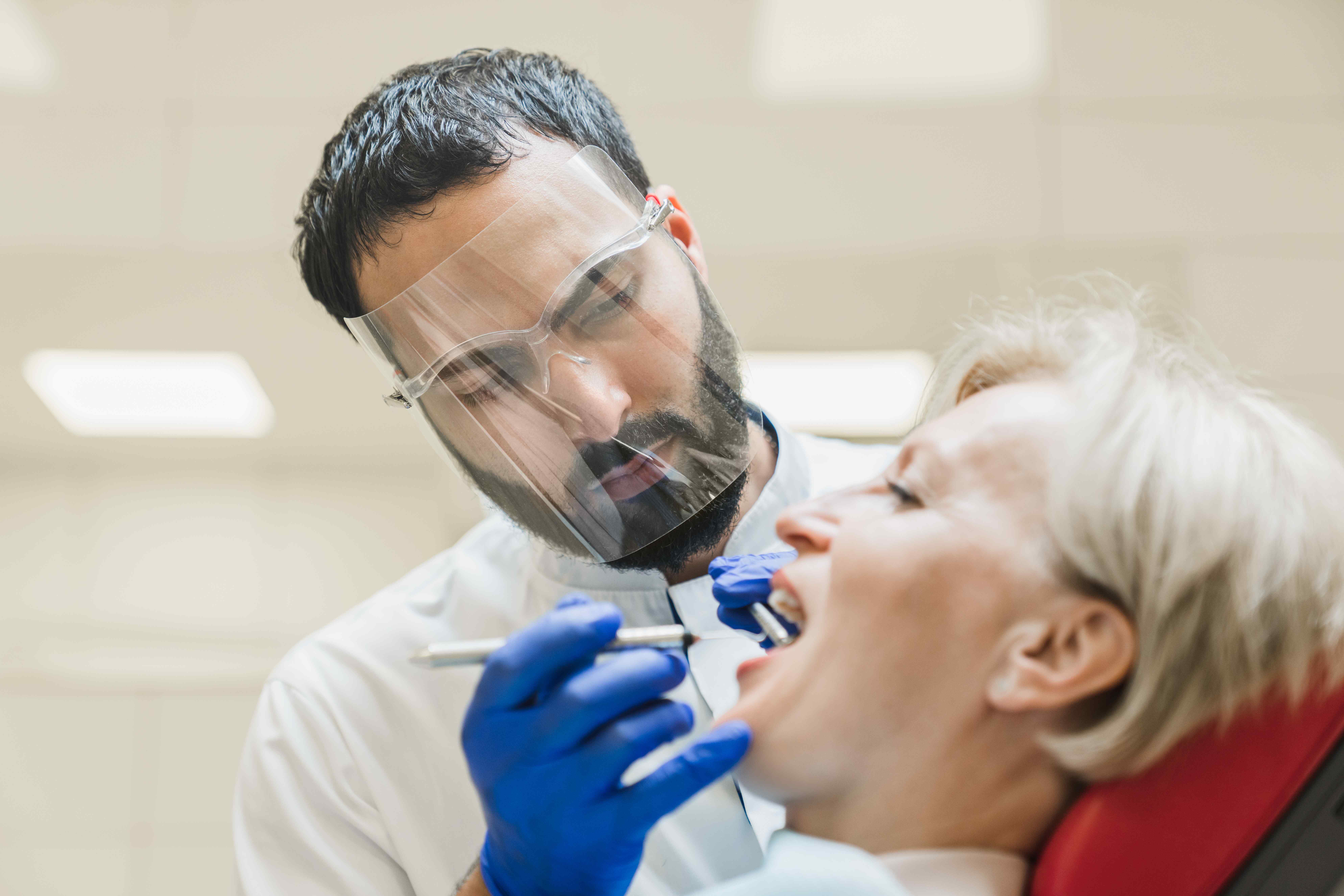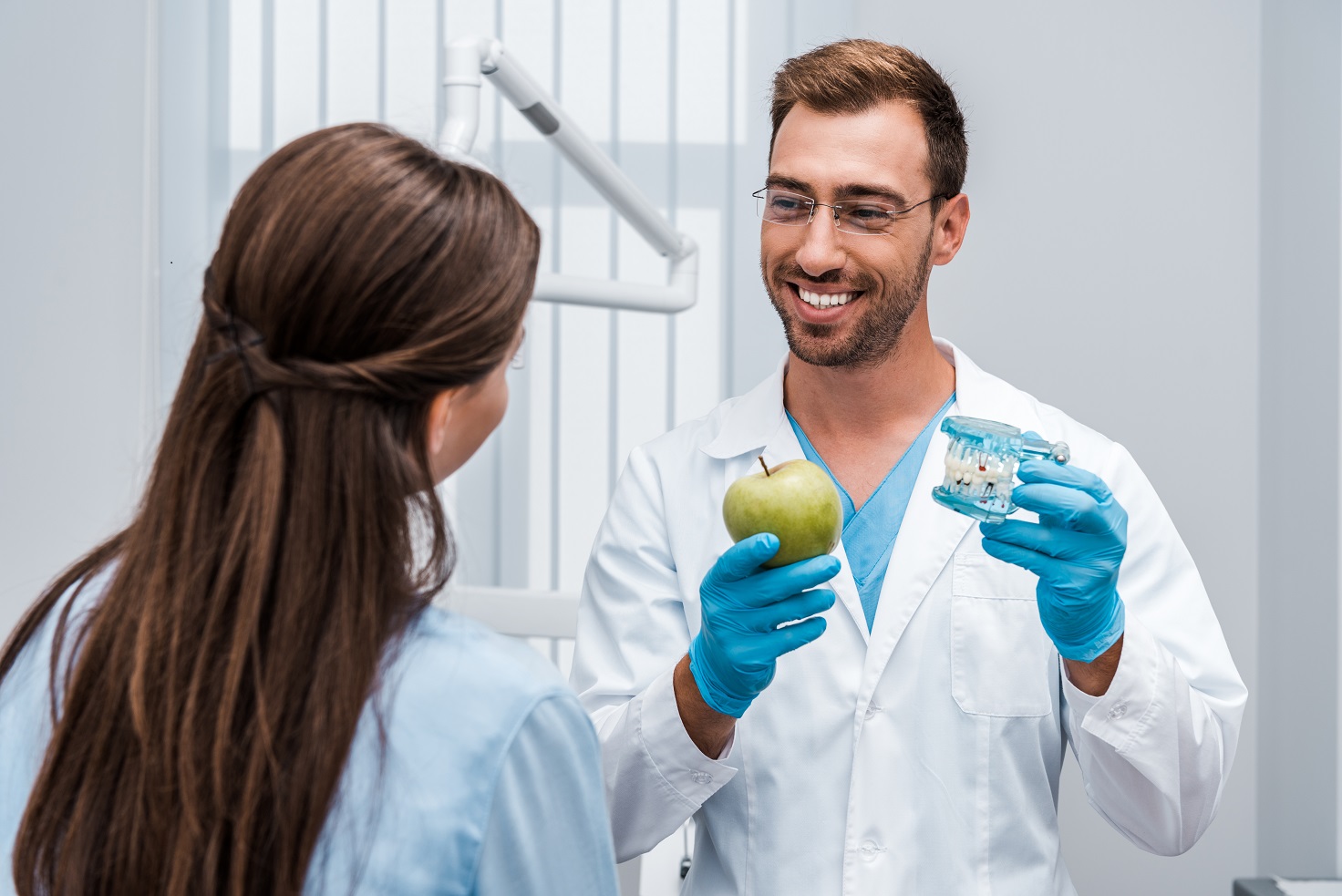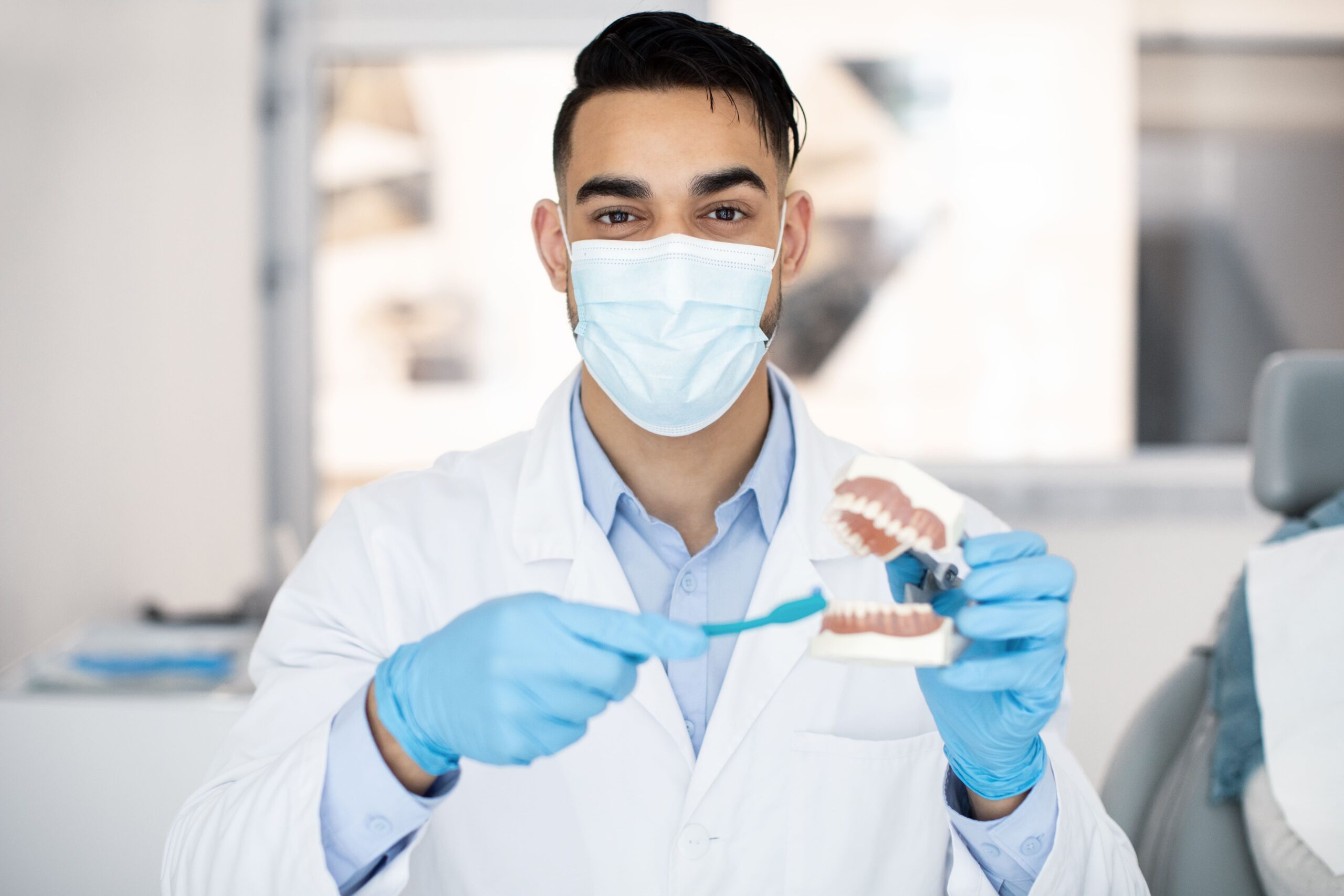Switching to a plant-based or vegetarian diet can offer numerous health benefits—improved heart health, lower…

Oral Cancer Awareness in Apple Valley: Expert Care at Apple Valley Dental
Oral cancer is a serious but often overlooked health condition that affects thousands of individuals worldwide each year. It can develop in various parts of the mouth, including the lips, gums, tongue, inner cheeks, roof of the mouth, and even the throat. One of the most troubling aspects of oral cancer is its tendency to remain unnoticed in its early stages, often leading to diagnoses only when the disease has already progressed.
Raising awareness about oral cancer, its risk factors, and the importance of early detection is critical. When identified early, oral cancer is often treatable and has a much higher survival rate. That’s why routine screenings and informed self-monitoring are so important.
What Is Oral Cancer?
Oral cancer refers to abnormal cell growth in the oral cavity. It is part of a broader category known as head and neck cancers and can include cancers of the lips, cheeks, gums, tongue, floor and roof of the mouth, sinuses, and pharynx (throat).
Though anyone can develop oral cancer, certain risk factors can increase the likelihood of its occurrence. Understanding these can help individuals take proactive steps toward prevention.
Common Risk Factors
The causes of oral cancer are multifactorial, involving both lifestyle and genetic components. Key risk factors include:
- Tobacco Use: Smoking cigarettes, cigars, pipes, or using smokeless tobacco products is one of the most significant risk factors for oral cancer. Long-term use damages the cells in the mouth and increases the likelihood of malignancy.
- Alcohol Consumption: Excessive alcohol intake, especially when combined with tobacco use, compounds the risk. Alcohol can irritate the mucous membranes in the mouth, making it easier for carcinogens to penetrate tissues.
- HPV Infection: The human papillomavirus (especially HPV-16) has been increasingly linked to cancers in the oropharyngeal area, including the base of the tongue and tonsils. HPV-related oral cancers often affect younger individuals and may not be associated with the traditional risk factors of tobacco and alcohol use.
- Sun Exposure: Prolonged exposure to ultraviolet (UV) rays can increase the risk of lip cancer, particularly among individuals who work outdoors or frequently use tanning beds.
- Weakened Immune System: Conditions that suppress the immune system, such as certain medical treatments or diseases, may increase vulnerability to oral cancer.
- Poor Oral Hygiene and Chronic Irritation: Continuous irritation caused by ill-fitting dentures, rough teeth, or dental appliances can sometimes contribute to abnormal cell changes.
- Genetic Predisposition: A family history of cancer can also increase the likelihood of developing oral malignancies.
Recognizing the Warning Signs
Early detection of oral cancer significantly improves treatment outcomes. Being aware of the potential symptoms can help you or a loved one seek medical evaluation before the condition progresses.
Common Signs and Symptoms Include
- A sore or ulcer in the mouth that doesn’t heal within two weeks
- Red or white patches on the tongue, gums, or lining of the mouth
- A lump, thickening, or rough spot in the oral cavity or neck
- Unexplained bleeding in the mouth
- Persistent pain, numbness, or tenderness in the mouth or lips
- Difficulty chewing, swallowing, or speaking
- A chronic sore throat or hoarseness
- Loose teeth or changes in denture fit
While these symptoms can also be caused by other, less serious conditions, it’s important to consult a healthcare provider or dentist if they persist beyond a couple of weeks.
The Importance of Regular Screenings
Routine dental checkups often include oral cancer screenings, which are critical in identifying suspicious changes before they become more serious. These screenings are typically quick and painless and can be performed during a standard dental examination.
What to Expect During an Oral Cancer Screening
An Oral Cancer Screening Generally Involves
- Visual Examination: The dentist will inspect the lips, tongue, gums, inner cheeks, roof and floor of the mouth, and the back of the throat for discoloration, sores, or abnormal growths.
- Tactile Examination: The professional may also feel along the neck, jaw, and under the chin to detect lumps or swollen lymph nodes.
- Use of Enhanced Tools: Some dental practices incorporate tools like specialized lights or dyes to help detect tissue changes that may not be visible to the naked eye.
These screenings are not diagnostic but serve as an essential first step. If any abnormalities are detected, the patient may be referred for further testing, such as a biopsy.
Diagnostic Tools in Oral Cancer Detection
Dentists and healthcare providers use various technologies and methods to enhance the accuracy of oral cancer detection. Some of the common tools and techniques include:
- Digital Imaging: High-resolution images can help visualize areas of concern more clearly and track changes over time.
- Brush Biopsy or Cytology Testing: In cases where a lesion appears suspicious, a non-invasive test may be used to collect cells for analysis.
- Biopsy Referrals: For more definitive diagnosis, tissue samples may be sent to a lab for examination by a specialist.
If oral cancer is confirmed, the patient will usually be referred to a specialist team for comprehensive treatment planning.
Preventative Measures and Lifestyle Changes
Reducing the risk of oral cancer often involves a combination of lifestyle adjustments and ongoing awareness. Here are a few evidence-based steps individuals can take to lower their risk:
- Avoid Tobacco Products: Refraining from smoking or using smokeless tobacco can significantly reduce the chances of developing oral cancer.
- Limit Alcohol Consumption: Moderating alcohol intake helps lower the risk, especially when not paired with tobacco use.
- Practice Sun Protection: Using lip balm with SPF and avoiding excessive sun exposure can help prevent lip cancer.
- Maintain Good Oral Hygiene: Regular brushing, flossing, and dental visits support overall oral health and reduce chronic inflammation.
- Eat a Balanced Diet: Foods rich in vitamins A, C, and E, along with antioxidants, help boost immune function and cell repair.
- Stay Informed and Proactive: Being aware of one’s own oral health and seeking professional advice when something feels unusual is essential.
Self-Examinations: A Simple Yet Effective Practice (H2)
While professional screenings are crucial, self-examinations can also aid in the early detection of potential problems. Here’s how to perform a basic self-exam:
- Use a Mirror and Good Lighting: Examine all areas of your mouth, including the lips, tongue (top and bottom), inner cheeks, gums, and the floor and roof of your mouth.
- Look for Discoloration or Unusual Spots: Red, white, or dark patches should be noted.
- Check for Lumps or Thickening: Feel inside your mouth and along your jaw and neck for any lumps or bumps.
- Assess for Sensation Changes: Pay attention to pain, numbness, or difficulty moving your jaw or tongue.
- Repeat Monthly: Regular checks help you notice subtle changes over time.
If you notice anything suspicious that doesn’t go away in two weeks, schedule an appointment with your dental or healthcare provider for further evaluation.
What Happens After a Diagnosis?
Being diagnosed with oral cancer can be overwhelming, but a multi-disciplinary approach is often taken to ensure the best possible care. Treatment may involve:
- Surgical Removal of Tumors
- Radiation Therapy or Chemotherapy
- Rehabilitation and Speech Therapy
- Restorative Dental Work (if applicable)
Dentists often play a role in the recovery journey, particularly when oral reconstruction or prosthetics are needed after surgery. Coordination between oncologists, surgeons, and dental professionals helps ensure comprehensive care tailored to the individual’s needs.
Conclusion: Early Action Makes a Difference
Oral cancer is a condition that requires greater public awareness and proactive care. Because early symptoms are often subtle or painless, regular dental visits and self-examinations are essential tools in detecting problems before they become serious.
Understanding your personal risk factors, recognizing the signs and symptoms, and making preventative choices are powerful steps toward safeguarding your oral health. If you have concerns about any symptoms or want to learn more about oral cancer screenings, don’t hesitate to consult a trusted dental professional.
Schedule Your Oral Cancer Screening Today
At Apple Valley Dental, we are committed to your health and well-being. Our expert team ensures that every patient receives the highest level of care and education regarding oral cancer prevention and early detection. Visit Apple Valley Dental | Book your screening online | Call us today for compassionate dental care!


